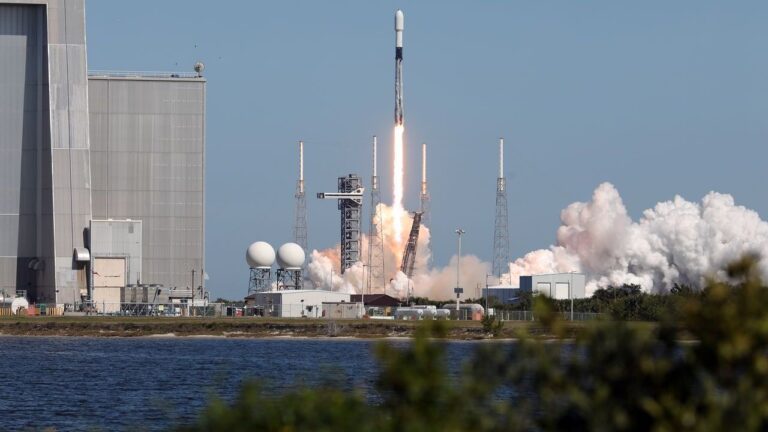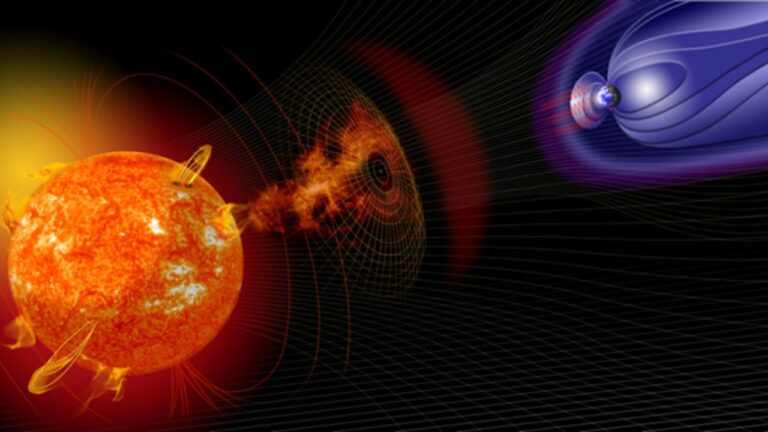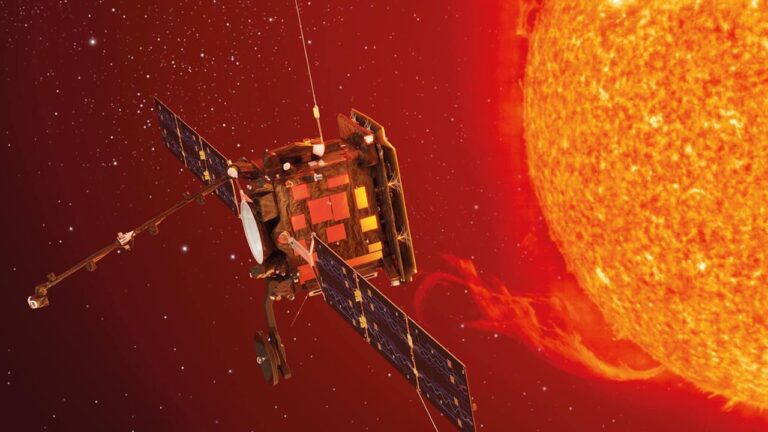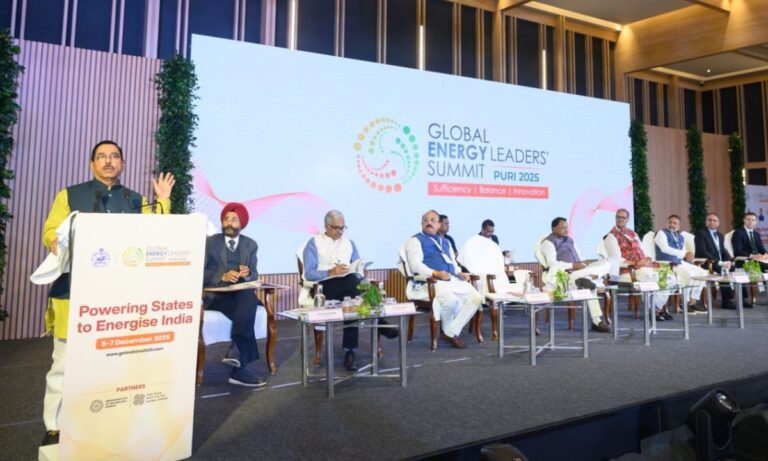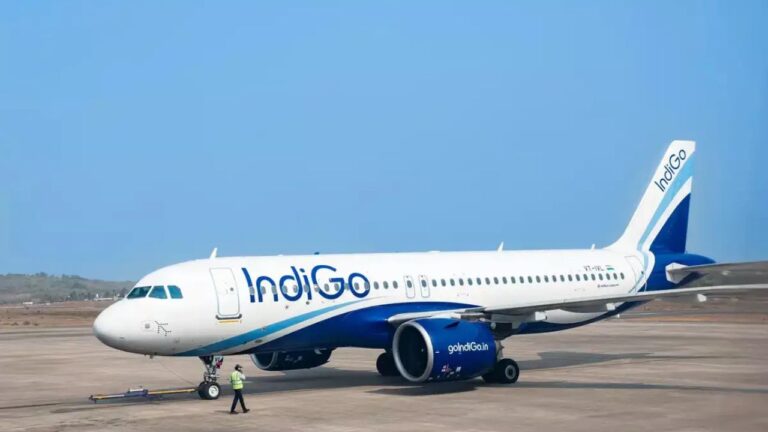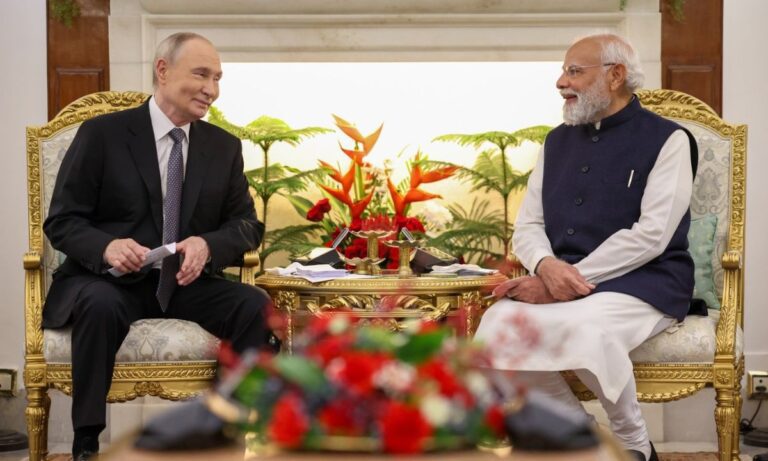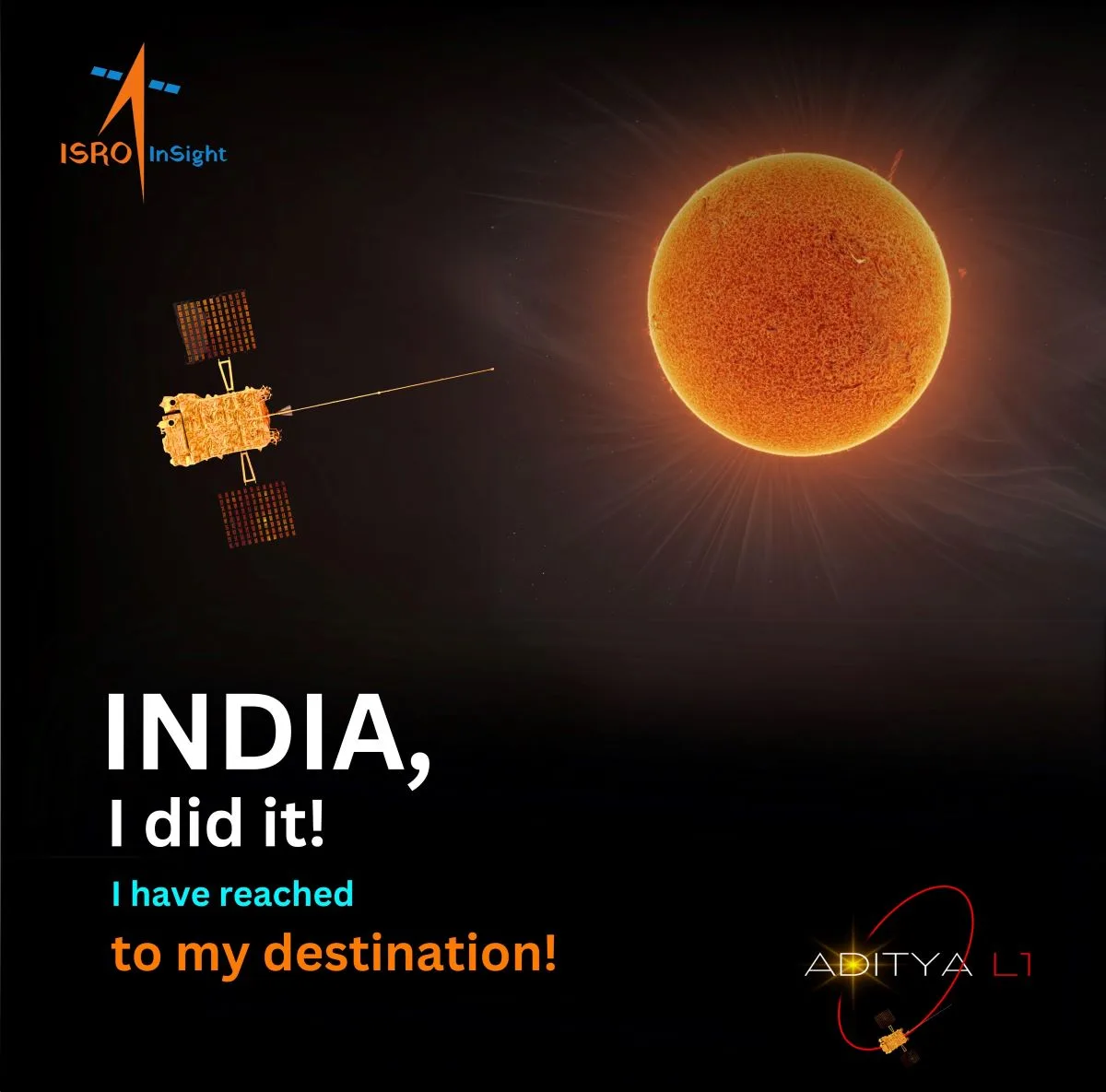
ISRO's Aditya L1 Mission: Unveiling Solar Mysteries in a Sun Dance Triumph!
The Indian Space Research Organisation (ISRO) has completed a successful trilogy with the success of its Aditya L1 mission, following the Chandrayaan 3 and XPoSat missions. Aditya L1, which is located at the Lagrange point, has now launched on a ground-breaking mission to solve the riddles of the Sun-Earth link.
Union Minister for Space, Dr Jitendra Singh, expressed his excitement in a viral tweet, stating, “From Moon walk to Sun Dance! What a glorious turn of year for Bharat! Under the visionary leadership of PM Narendra Modi, yet another success story scripted by Team ISRO.”
Significance of Aditya L1’s Success
In a series of media interviews, Dr Jitendra Singh emphasized the significance of Aditya L1’s success in understanding solar phenomena, previously shrouded in mystery or relegated to folklore. With India’s substantial satellite presence in space, the study of Sun phenomena becomes even more crucial, as highlighted by the Minister. He cited the recent incident of SpaceX losing 40 satellites to a solar storm, underscoring the importance of comprehending solar phenomena for the safety of space assets.
Dr Jitendra Singh highlighted that the Aditya L1 mission will contribute to understanding Solar heating, Solar storms, Solar flares, and Coronal Mass Ejections, providing valuable insights for scientists in the field.
Emphasizing the mission’s significance, the Minister commended its cost-effectiveness, with a budget of only Rs. 600 Crore, comparable to the Chandrayaan mission. He attributed this success to the enabling milieu created under the leadership of Prime Minister Narendra Modi, recognizing the abundant talent in the country.
The Halo Orbit insertion (HOI) of Aditya L1, achieved at approximately 4:00 PM, marked a critical mission phase. This involved precise navigation and control, showcasing ISRO’s capabilities in complex orbital maneuvers. The spacecraft is now positioned approximately 1.5 million kilometers from Earth on a continuously moving Sun-Earth line, with an orbital period of about 177.86 Earth days.
Designed and realized at the UR Rao Satellite Centre (URSC) with contributions from various ISRO centers, Aditya L1’s payloads were developed by Indian scientific laboratories, including IIA, IUCA, and ISRO. Launched by PSLV-P57 on September 2, 2023, the spacecraft underwent a 110-day cruise phase to reach its designated halo orbit.
The success of the Aditya L1 mission not only signifies ISRO’s prowess in complex orbital maneuvers but also instills confidence in handling future interplanetary missions. As scientists eagerly await insights from this indigenous mission, it propels India further into the forefront of space exploration.
